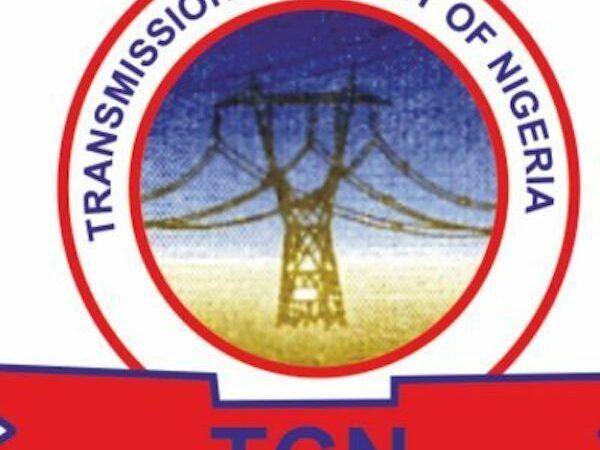Chineme Okafor in Abuja
Nigeria’s power sector has struggled to sustain an average daily supply of 3,761 megawatts (MW) within the first nine months of 2018, according to a performance trend data obtained from the office of the Vice President, Prof. Yemi Osinbajo.
The power sector also lost N381 billion during the period under review as a result of high frequency resulting from unavailability of distribution infrastructure, poor gas supplies to generation companies, and water management constraints were the major challenges of the sector.
The data obtained by THISDAY revealed that after the sector achieved a peak power generation of 5,222MW on December 18, 2017, it managed to generate and supply up to 4000MW for only 72 out of the 263 days of 2018.
The Minister of Power, Works and Housing, Mr. Babatunde Fashola, and electricity distribution companies (Discos) through their umbrella association – the Association of Electricity Distributors of Nigeria (ANED) have persistently disagreed on Nigeria’s power generation and distribution figures.
Fashola has insisted that the Muhammadu Buhari-led administration has been making steady progress in electricity generation and distribution.
The minister in August during a retreat of the ministry in Cross River State, stated that power distribution had risen to 5,222MW. He also said it was an all-time national high.
However, THISDAY’s summation of the production and supply figures in the power supply trend, showed that the highest generation and supply mark attained so far in 2018 was 4419.6MW achieved on March 28.
The data analysed also showed that high frequency resulting from unavailability of distribution infrastructure; poor gas supplies to generation companies; and water management constraints were the major challenges of the sector.
It was further discovered that on the average, the sector could not supply up to 2,914MW of electricity to homes and offices in the country due to these constraints. Equally, under the period under consideration, the market had not earned a whooping sum of N381.798 billion due to the various operational constraints it encountered.
According to it, in January, the sector managed to produce and supply an average of 3697MW daily; in February, it did 3937MW; in March, it supplied 4029MW; as well as 3985MW in April.
Continuing, in May, 3,780MW was the average daily energy level the sector could afford to produce and supply, while 3588MW was produced averagely in June. For July, it was 3619MW; 3660MW in August, and then 3,486MW so far in September which has about seven days left to come to an end.
For the unearned revenue, January accounted for N40.419 billion; February was N35.522 billion; March was N36.399 billion; April was N33.175 billion; while June had N48.759 billion. The month of July saw the sector failing to earn N50.082 billion, while August saw it lose the most as N59.976 billion could not be earned. So far in September, it has lost N36.439 billion.
The trend report also indicated that for the period, a total of 182,741 metric million standard cubic feet (mmscuf) of gas was supplied to power generation plants in the sector, thus indicating an average of 20,304 million standard cubic feet per day per month and 654.985mmscf/d.
On the average, the data also showed that four power plants were shutdown mostly on account of gas constraint.
Notwithstanding, a daily operational report of the sector’s performance showed that for instance that on September 21, which is the most recent of its daily reports, average energy sent out was 3,710MW up by 613.5MW from what was delivered the previous day.
It also stated that 1,452.2MW was not generated due to unavailability of gas, while 2,350.3MW was not generated due to high frequency resulting from unavailability of distribution infrastructure.
The power sector, it explained lost an estimated N1.825 billion on September 21, due to insufficient gas supply, distribution infrastructure and transmission infrastructure, just as its dominant constraint for the period remained high frequency resulting from unavailability of distribution infrastructure.





